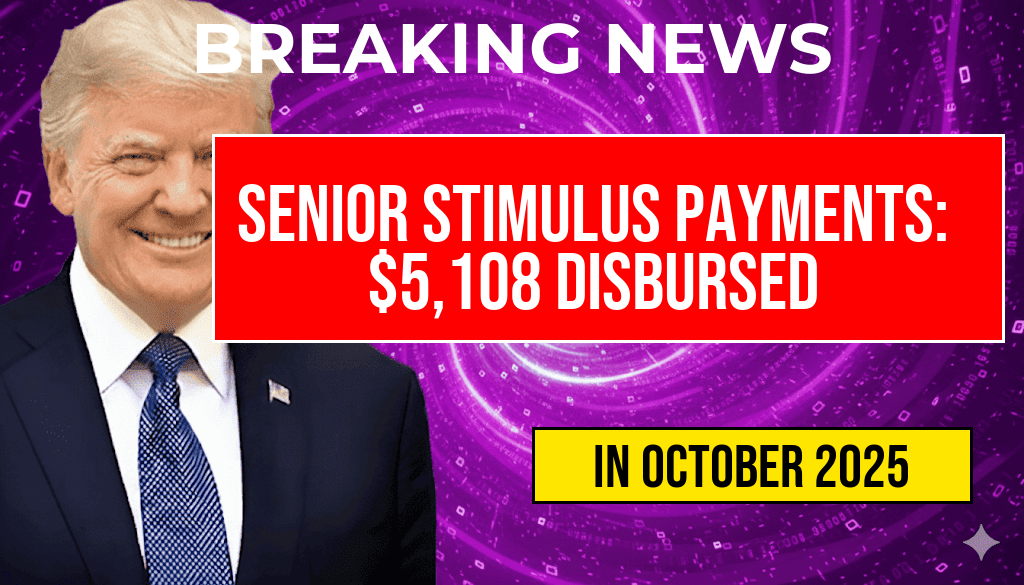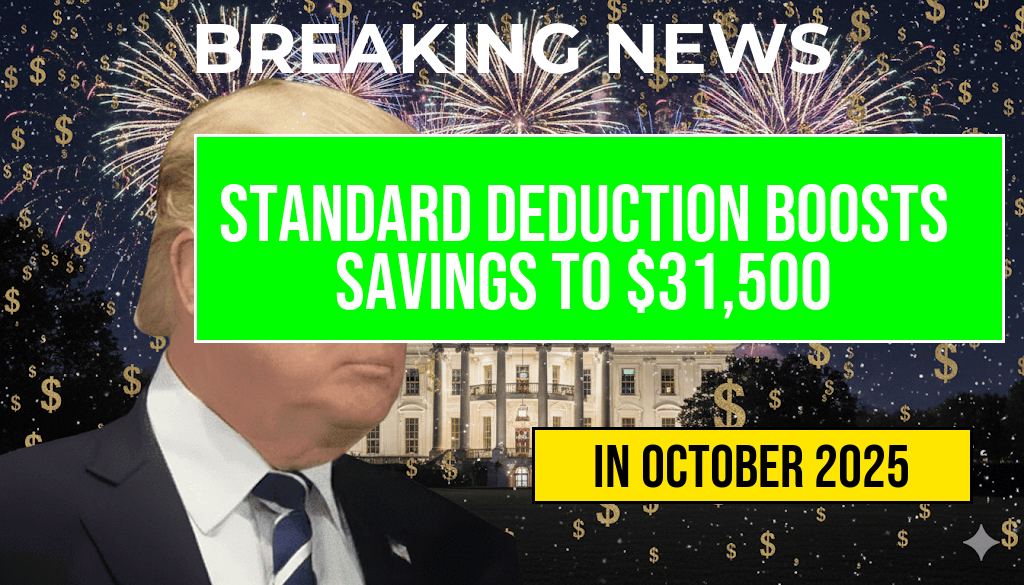Former President Donald Trump has recently voiced support for including high-risk cryptocurrencies in 401(k) retirement plans, sparking renewed debate among financial experts, regulators, and retirement savers. His proposal suggests that investors should have the option to allocate a portion of their retirement savings into digital assets known for their volatility and speculative potential. While proponents argue that this move could diversify portfolios and increase long-term returns, critics warn it exposes retirees to significant financial peril. The idea has garnered attention across financial and political circles, raising questions about regulatory oversight, investor protections, and the future landscape of retirement planning.
Background on Cryptocurrency in Retirement Accounts
Traditionally, 401(k) plans and other employer-sponsored retirement accounts have focused on stocks, bonds, and mutual funds, emphasizing stability and predictable growth. The inclusion of cryptocurrencies—such as Bitcoin and Ethereum—remains largely limited due to concerns over their unpredictable price swings and regulatory uncertainties. Currently, only a handful of self-directed plans permit investors to add digital assets, often requiring specialized custodians and careful risk assessment.
The concept of integrating high-risk assets like cryptocurrencies into mainstream retirement vehicles is not entirely new. However, it has gained momentum with some financial advisors and industry advocates arguing that digital assets could serve as a hedge against inflation and diversify traditional portfolios. Retirement savings experts emphasize that volatility remains a significant barrier, especially for retirees nearing or in retirement who prioritize capital preservation.
Trump’s Proposal and Its Implications
Details of the Proposal
During a recent speech, Donald Trump emphasized the importance of offering more investment options within 401(k) plans and suggested that digital assets should be included as part of these offerings. He argued that, with proper regulation and risk disclosures, cryptocurrencies could be a valuable addition for younger investors looking to maximize growth. The proposal calls for the U.S. Department of Labor (DOL) to consider allowing plan administrators to include digital currencies as part of diversified investment portfolios.
Potential Benefits
- Diversification: Cryptocurrencies exhibit low correlation with traditional assets, potentially reducing overall portfolio risk.
- Growth Potential: Some digital currencies have experienced rapid appreciation, offering significant upside for early adopters.
- Innovation and Modernization: Incorporating cryptocurrencies could modernize retirement plans, appealing to tech-savvy investors.
Risks and Challenges
- Volatility: Digital currencies are notorious for dramatic price swings that could jeopardize retirement savings.
- Regulatory Uncertainty: The evolving legal landscape might impact the viability and security of digital assets in retirement accounts.
- Security Concerns: Cybersecurity threats, hacking, and fraud pose significant risks to digital holdings.
Industry and Regulatory Response
Financial regulators and industry groups have responded cautiously to Trump’s proposal. The Securities and Exchange Commission (SEC) and the Department of Labor (DOL) continue to scrutinize the integration of digital assets into retirement plans, emphasizing investor protection and transparency.
Leading financial institutions and custodians have expressed mixed reactions. Some see potential in offering cryptocurrency exposure as part of diversified portfolios, while others warn about the risks and regulatory hurdles involved. A recent survey by Forbes indicates that most plan sponsors remain hesitant, citing concerns over volatility and compliance.
Potential Impact on Retirement Planning
If the proposal advances and regulatory frameworks adapt, the inclusion of high-risk cryptocurrencies in 401(k) plans could reshape how Americans approach retirement savings. Younger investors, more comfortable with digital assets, might see increased opportunities for growth, while older savers could face heightened risks. Financial advisors will likely need to balance client preferences with prudent risk management strategies, emphasizing education about digital asset volatility and security measures.
Table: Pros and Cons of Including Cryptocurrencies in Retirement Plans
| Pros | Cons |
|---|---|
| Portfolio diversification | High volatility and potential for significant losses |
| Potential for high returns | Regulatory and legal uncertainties |
| Appeal to younger, tech-savvy investors | Cybersecurity and fraud risks |
| Innovation in retirement planning | Limited historical data on long-term performance |
The debate surrounding the integration of high-risk cryptocurrencies into retirement savings reflects broader questions about the future of investment strategies and investor protections. As policymakers, regulators, and industry leaders continue to evaluate the risks and benefits, the landscape of American retirement planning may see significant evolution in the coming years.
Frequently Asked Questions
What is the main idea behind Trump’s advocacy for including high-risk cryptocurrencies in 401(k) retirement plans?
Trump supports the idea of allowing high-risk cryptocurrencies to be part of 401(k) plans to potentially increase retirement savings through exposure to emerging digital assets and diversify investment options.
What are the potential benefits of adding cryptocurrencies to retirement plans?
Including cryptocurrencies in retirement plans could provide investors with higher growth opportunities, increased diversification, and exposure to the rapidly evolving digital asset market.
What are the risks associated with investing cryptocurrencies in 401(k) plans?
Investing cryptocurrencies involves significant volatility, regulatory uncertainty, and potential losses, making it a high-risk option that may not be suitable for all retirement investors.
How might including cryptocurrencies in retirement plans impact regulatory policies?
Adding cryptocurrencies to 401(k) plans could prompt regulatory agencies to develop new guidelines for digital assets in retirement accounts, potentially leading to increased oversight and compliance requirements.
What should investors consider before supporting the inclusion of cryptocurrencies in retirement plans?
Investors should carefully evaluate the risk tolerance, understand the market dynamics of cryptocurrencies, and consider the long-term impact on their retirement savings before endorsing such changes.






